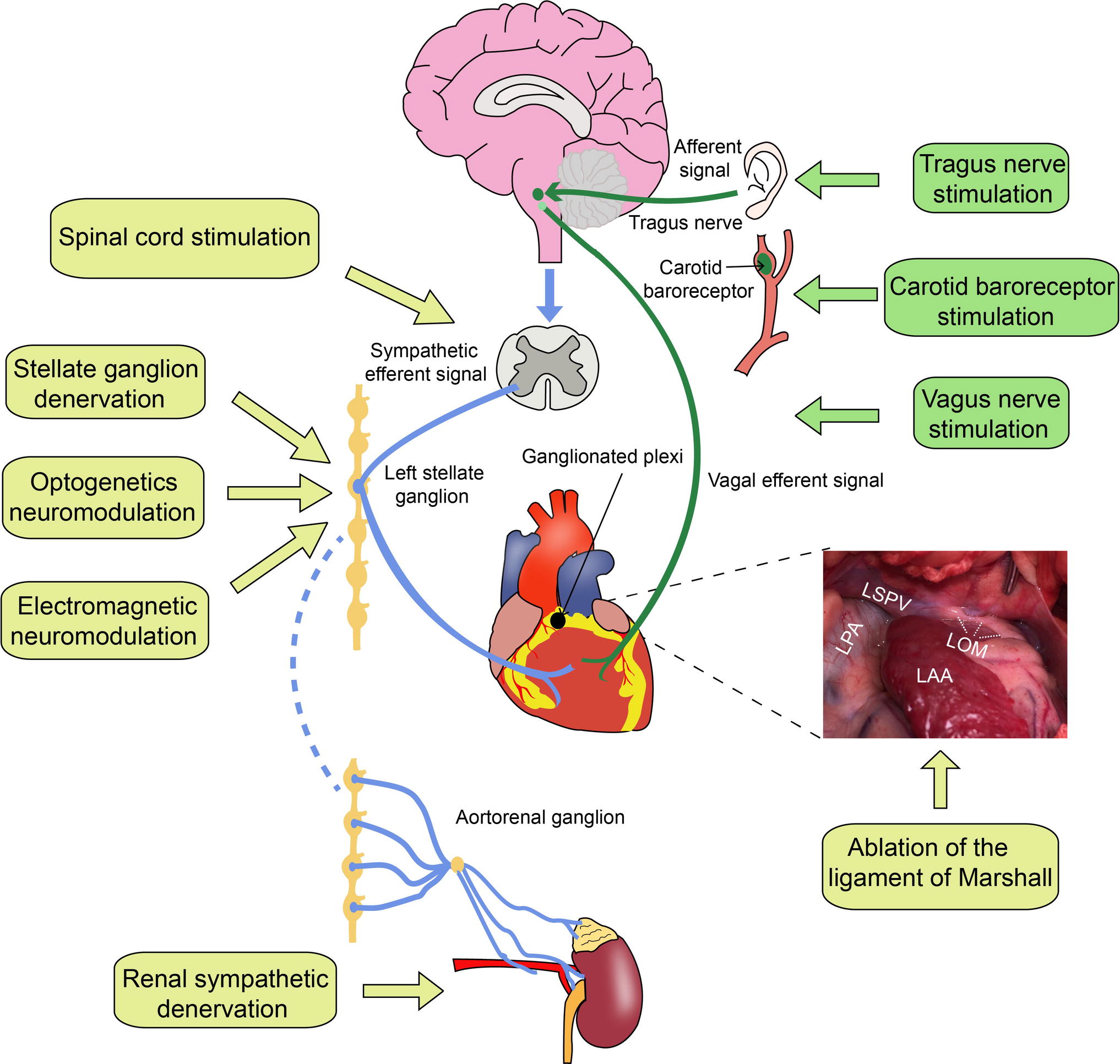

2 Prognosis varies from patient to patient and is dependent primarily on the extent of the infarct, the residual left ventricular function, and whether the patient underwent revascularization. 2 Approximately 50% of all patients with MI are rehospitalized within 1 year of their index event.

2 An additional 5% to 10% of survivors die within the first year after MI.

1,5Īcute MI is associated with a 30% mortality rate about 50% of deaths occur prior to arrival at the hospital. will suffer an MI every 42 seconds, and the estimated annual incidences of new and recurrent MI events are 550,000 and 200,000, respectively. Statistics indicate that one individual in the U.S. 2 Other possible causes of MI may include coronary occlusion secondary to vasculitis use of drugs including cocaine, ephedrine, and amphetamines coronary trauma coronary anomalies, such as aneurysm of the coronary arteries and factors that may increase oxygen requirements, such as heavy exertion or untreated hyperthyroidism. 3 An estimated 90% of MIs are the result of an acute thrombus that obstructs an atherosclerotic coronary artery. 2 The majority of MIs are the result of coronary artery disease. 1 MI typically results from an imbalance between oxygen supply and demand that is most often caused by plaque rupture with thrombus formation in an epicardial coronary artery, leading to an acute reduction of blood supply to a portion of the myocardium. 1,2 MIs are also associated with significant short- and long-term mortality and morbidity. Myocardial infarction (MI)-the irreversible necrosis of the cardiac muscle secondary to prolonged ischemia-is a leading cause of cardiovascular disease morbidity and mortality and is a frequent cause of hospital admissions in the United States. The pharmacist’s role in post-MI recovery and recurrence prevention includes medication education and helping patients maintain adherence to pharmacologic and nonpharmacologic treatment. Post-MI therapy and secondary prevention of MI involve the use of medication therapy and lifestyle modifications. Recurring MIs may put patients at risk for reduced quality of life, heart failure, and death. Recovery from an MI can take a physical and emotional toll on the affected patient and loved ones. The estimated annual incidences of new and recurrent MI events are 550,000 and 200,000, respectively. ABSTRACT: Myocardial infarction (MI) is defined as the irreversible necrosis of the cardiac muscle secondary to prolonged ischemia.


 0 kommentar(er)
0 kommentar(er)
